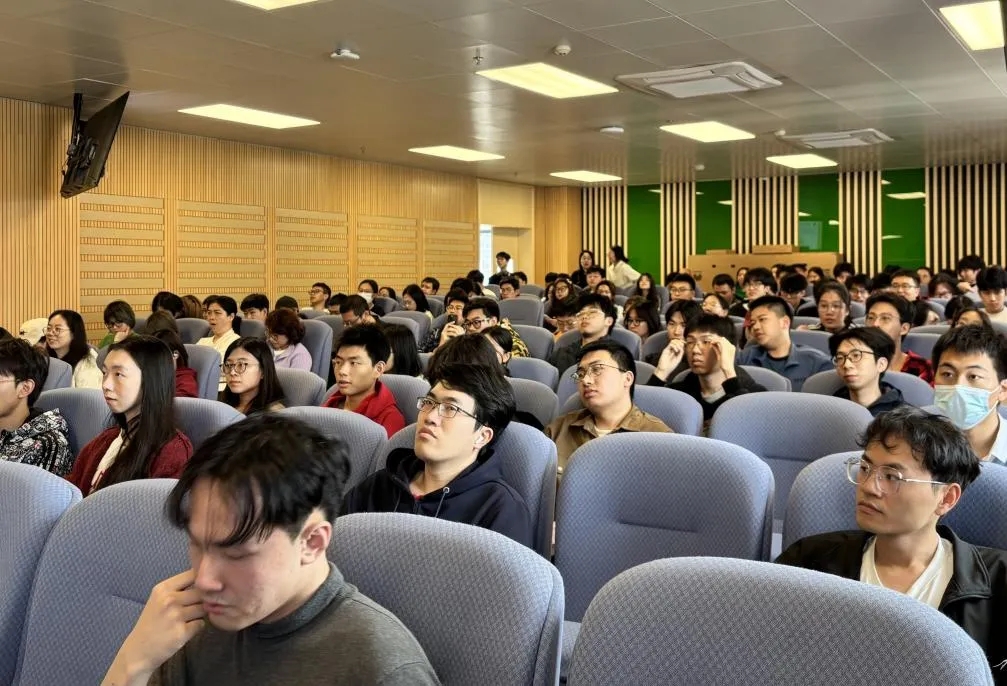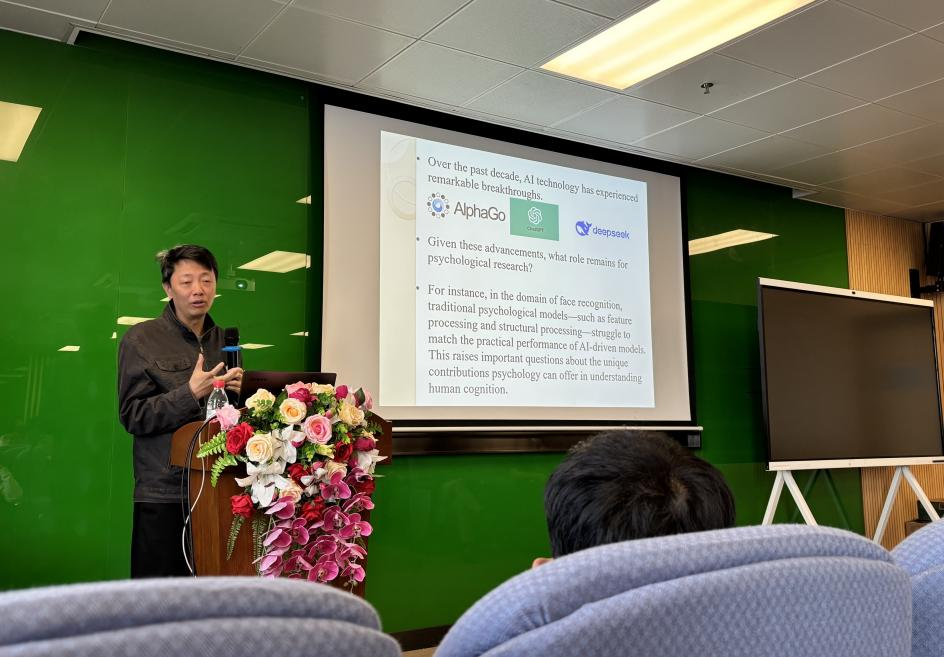On the afternoon of February 20th, Professor Huang Liqiang from the Chinese University of Hong Kong delivered a lecture at the School of Psychology, Shenzhen University, titled ““Why I Abandoned Traditional Experimental Psychology After 20 Years”?” Professor Huang shared with the faculty and students thechallenges, breakthroughs, and insightshe encountered during his researchcareer.

Most psychological research is theory-driven, following a process from theory to hypothesis. However, this approach has limitations, such as the inability of simpletheories to fully and accurately describe psychological phenomena. Originally trained in physics, Professor Huang initially believed that by continuously refining theories and designing precise experiments, he could create a theory as precise as those in physics. However, after conducting numerous experiments, he and his team found that once variables were precisely quantified, no existing theory could fully explain the wide range of results. He remarked,“Existing theories seem to be ineffective, and I can’t think of any effective new theories.”

Professor Huang then realized that human psychology is extremely complex, and even a relatively simple aspect requires a complex theory to adequately describe it. Consequently, he proposed the ““impossible triangle”” in psychological research:simplicity, generality, and precision.A theory can achieve any two of these standards, but not all three simultaneously.

When developing complex theories, the main challenge is the gap between the limited information obtained from experiments and the substantial information required to elucidate complex theories. Therefore, Professor Huang and his team conducted medium-scale experiments, but they still encountered problems due to insufficient data. This led him to focus on large-scale experiments.
He detailed a study on the aesthetic rating of data patterns, involving80,000 patterns and 42 million trials. The study found that proximity, continuity, and linearity scores of patterns could be combined to predict their aesthetic appeal. Although the final model was simple, it had a high degree of explanatory power.
Finally, Professor Huang shared his views on the role of psychological research in the era of rapidly developing artificial intelligence. While AI models are more practical, traditional cognitive models are simpler and more interpretable. He believes that large-scale research methods can help psychology play a balancing role between the two, but only for simple tasks.